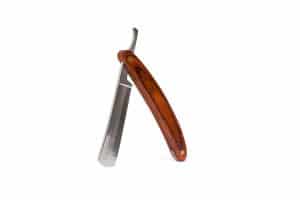 Following a recent article about Enforceable Undertakings, several readers have asked for more information about the occupational health and safety (OHS) breaches that cause WorkSafe New Zealand to commence prosecution actions.
Following a recent article about Enforceable Undertakings, several readers have asked for more information about the occupational health and safety (OHS) breaches that cause WorkSafe New Zealand to commence prosecution actions.
The investigation report provides some useful discussion on safety management failures and Board of Trustee obligations.

 The Victorian (Labor) Government promised a
The Victorian (Labor) Government promised a 


